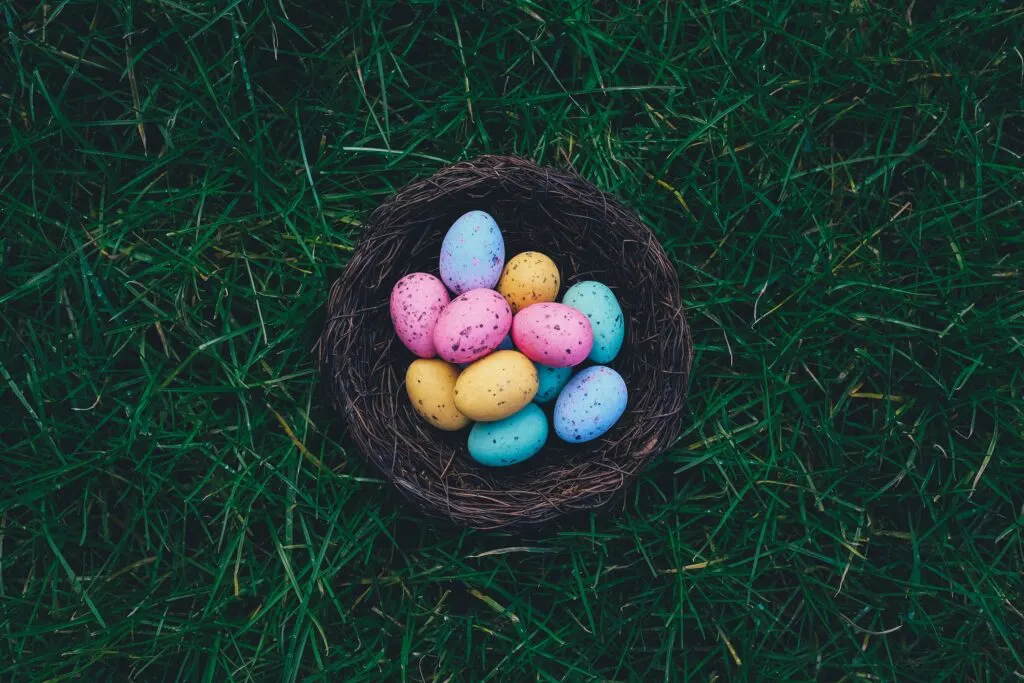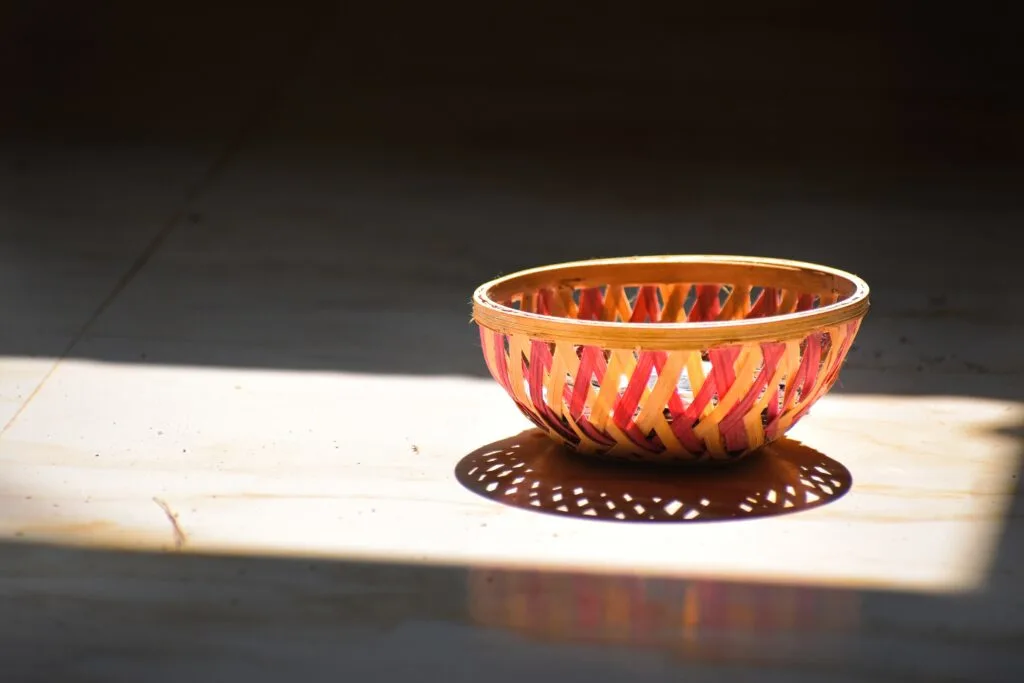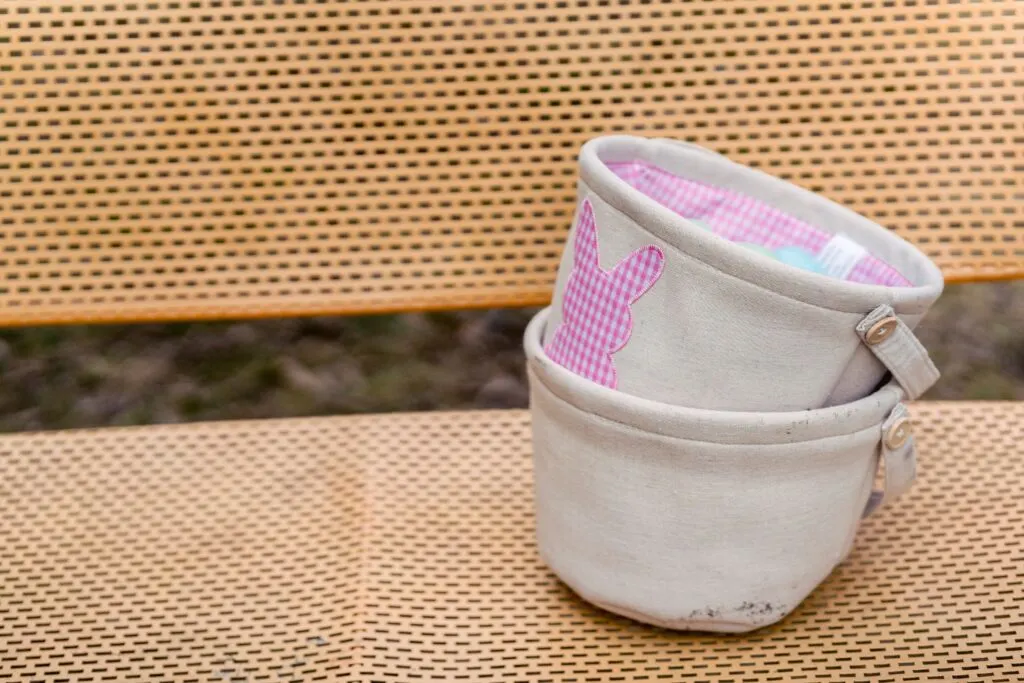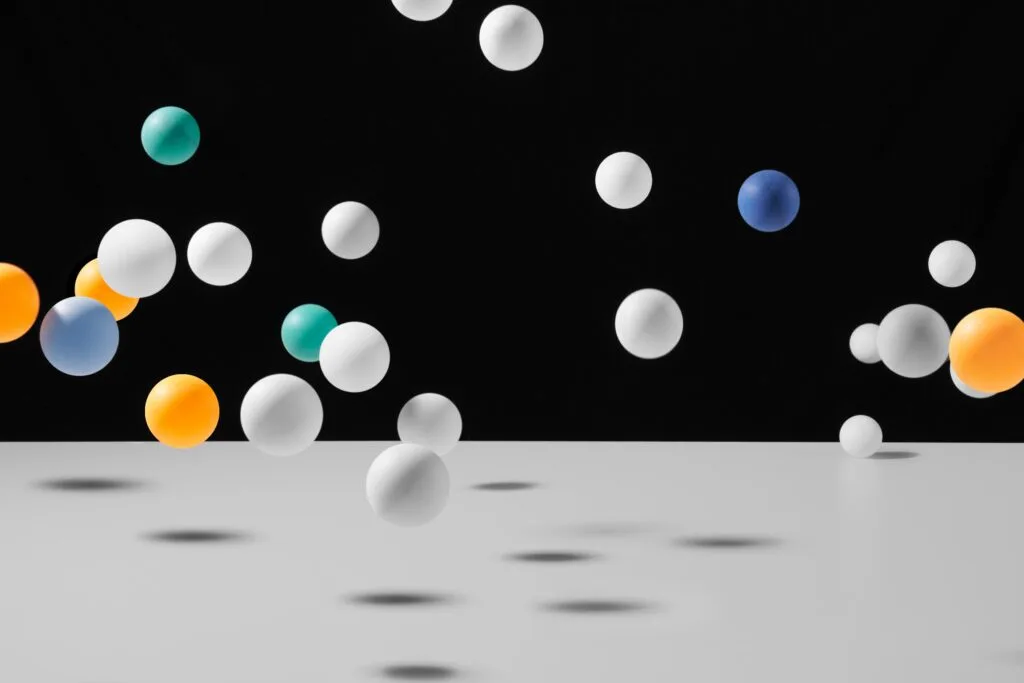What Is Heuristic Play?
Heuristic play is a term used to describe how very young children and babies play as they explore the properties of authentic resources.
Although the heuristic play has been around for a while, there has been a rise in popularity recently as we are all starting to wake up to the benefits of using more natural resources and less plastic.
Being outdoors in nature has a positive effect on the brain chemistry of humans. Even if we can’t be outside, handling and being around natural objects can similarly affect our mental well-being. This applies to adults and children.
In the coming sections, we shall highlight more than 100 heuristic play resources.
Why Take a Heuristic Play Approach?
Think of the usual toys you would see in a toy shop; colorful, plastic, pre-cast toys like a garage, a castle, a doll’s house, or a pirate ship. These loose part toys have their place, but they can only ever be what they have already been cast as.
A pre-cast castle can only ever be a castle. Instead, if we provide children with open-ended, natural resources such as pieces of fabric, wooden blocks, and pebbles, they can use their imaginations and build all of the above and so much more besides.
Heuristic play helps to develop both the senses and the imagination.
Who Is Heuristic Play For?
Heuristic play can be for everyone, but it’s particularly pertinent to babies or children with additional learning needs. Babies want to explore their new world by using all their senses.
Providing them with only plastic toys means that everything will taste, feel and smell the same.
However, using other, more authentic resources, such as those made of wood, copper, or wool, will be much more stimulating to the senses and create a much richer learning experience.
What Are Treasure Baskets?

Babies are usually offered heuristic resources in a treasure basket – a natural basket, usually made of wood or wicker, where they can sit and explore different textures and experiences.
Through this early experience, they can connect with the world and awaken their senses safely and excitingly. Of course, you cannot provide a treasure basket without a sensitive adult tuned in to the child.
Sitting next to the baby and talking to them as they choose different objects is vital. Adults should aim to provide a running commentary as the babies explore.
What About Children With Additional Learning Needs?
We often use sensory rooms for children with additional learning needs, as this is a great way to stimulate or calm the sensory processing part of their brain.
However, using heuristic resources as part of their daily play can also help children with additional learning needs to explore and learn.
How Can I Provide Heuristic Play Resources Without Spending a Lot of Money?
Several companies sell ready-made treasure baskets, but they tend to be expensive.
However, if you are a little creative, you can start producing your heuristic resources by making baskets using objects from your home, school, nursery, or outdoor area.
How Can I Make Sure the Heuristic Play Resources Are Safe?
It is important to use treasure baskets responsibly by checking the contents each time you use them.
Risk assess each item for safety but also consider the risk benefits. Remember that they will likely be mouthed and touched, so be careful about choking hazards.
Remember – If an Object Fits Into a Film Canister, It Can Be Choked On
There are lots more exciting ideas on the Early Impact website. Simply follow the link below :
Read on for plenty of exciting examples of heuristic play resources to put into treasure baskets:
A Wood Basket

Real wood is sustainable, renewable, and biodegradable. It has its unique smell, texture, taste, and look. It makes a lovely satisfying sound when tapped against other wooden objects, so babies will often be fascinated by a basket of interesting wooden items.
Look out for wooden objects in your home that you can easily add to a treasure basket:
- Wooden spoons
- Egg cups
- Wooden bowls
- Chopsticks
- Drum sticks
- Wooden spatula
- Rolling pin
- A honey spreader
- Wooden carved boxes
- Door knobs
- Curtain rings
- Ladles
- Clothes pegs
- Whittled or carved toys
- Small tree/branch circles or discs
- Coasters.
- Corks
Check each item is clean and free from splinters before use. You can wash most wooden items with soapy water.
A Metal Basket
Metal objects provide a great contrast to wooden objects. Wood is warm and yielding, and metal is hard and cold, so this will provide a great sensory learning experience.
You may see babies start to suck, touch, lick, and bang objects as they explore. They will also pick up and drop objects and move things from their hands to their mouths as they become excited by the properties they are exploring.
Look out for metal objects around your home, such as:
- Muffin tins
- Curtain rings
- Pots and lids
- Pastry cutters
- Ladles
- Slotted spoons
- Bangles
- Teaspoons
- Hinges
- Microphones
- Spanners
- Drumsticks
Check each item before use, and be mindful of any sharp edges. Metal objects can be easily washed with soapy water before and after each use.
A Nature Basket
A basket of natural materials is a lovely resource; the best part is that most of these resources can often be sourced for free from your local park.
Try to choose large, chunky resources, keeping in mind the choking hazard but also bearing in mind the benefits of exploring interesting objects firsthand.
Collect items from outdoors, such as:
- Large, colorful leaves or crunchy Autumn leaves.
- Pebbles – smooth and large are best
- Feathers – washed first
- Seedpods – check for small, loose parts
- Large pinecones
- Sticks – check first for thorns
- Pampas grass or similar
- A piece of natural coral
- A piece of sheep’s wool
- A piece of fur
Also, add: large shells, a natural loafer, a pumice stone, a dried orange, and a real starfish.
Please note – if you don’t already have a piece of coral, please don’t try and source it as we need to protect our oceans’ resources, but if you do happen to have some already, it makes a fascinating heuristic resource.
A Fabric Basket

A basket of different colored fabrics that feel and act differently can excite a baby.
If you haven’t already got samples of fabric at home, try searching charity shops or look for samples of fabric from eBay, where you can pick up beautiful and interesting fabric samples from as little as £1
Try to include samples of:
- Demin
- Silk
- Tweed or tartan
- Wool – a home-knitted or crocheted square if possible
- Chiffon scarves
- Netting
- Fake or real fur
- Suede
- Plastic
- Tuelle
- A piece of real lace
Items like hot water bottle covers, small umbrellas, interesting gloves, socks, or leather items can also be included. Check each item is in good condition and has been cleaned between use.
A Color Basket
I like to make a color basket using random objects that are all shades of the same color. Not only is it attractive to look at, but it is fascinating for young children to explore. You can use any color, but here is an example I recently used where all the items were pink;
Pink Basket
- A rubber hot water bottle
- A baby’s soft knitted hat
- A sponge
- A glittery pink silk scarf
- A toothbrush
- A nail brush
- A pink wooden fish
- A chunky bangle
- A flower (real or fake)
- A starfish
- A sensory toy
Some pink tissue paper
This basket has a variety of textures and stimulates the senses, but you don’t need to stop at pink – you can choose any color. Start searching for interesting objects, and it’s surprising what an interesting resource you can pull together.
Warm and Cold
Exploring warm and cold objects is a lovely way to engage babies. Here are some objects I’ve used to introduce this concept:
- A furry warm hot water bottle
- Hand warmers
- Sheepskin mittens
- A hand-knitted hat
- A piece of real or fake fur
- A large block of ice in a sealed tub
- A frozen bottle of water
- A tablespoon that has been in the freezer
- A teething ring that has been in the freezer
Gently brush the objects across your baby’s hand or cheek as you talk to them about the feel of each object.
Light and Reflection
This one is a sensory feast for babies. Try to set up your heuristic basket where plenty of natural light enters the room to reflect the items in the sunlight. You can add items such as:
- A selection of child-friendly mirrors
- A concave mirror
- An opaque tile
- A few torches
- Some chunky sparkly costume jewelry
- A rainbow color chart
- A kaleidoscope
- A metal sphere
- A large metal spoon that you can see yourself in
- See-through chiffon scarves in various colors
Try draping the scarves over your baby’s face if they will tolerate it, so the world around them changes color, or try shining the torchlight through the scarves.
Babies are still developing a sense of self, so looking at themselves in the mirror is often fascinating to them.
Let’s Cook
This heuristic basket is all about exploring the kitchen. It includes many textures and opportunities to talk to your baby about various objects.
If you can’t find any items at home, try searching in pound shops or second-hand shops but ensure each object has been thoroughly washed before you start to play with them.
- Oven gloves
- Muffin/cake tin
- Wooden spoon
- Small pyrex bowl
- Plastic timer
- A honey spreader
- Set of measuring spoons
- Egg cups
- A pasta measure
- Sand timer
- Plastic or metal juicer
- Gingerbread cutter
- Wooden and string washing up mop
- Paper cake cases
- Metal sieve
- Colander
If you want to, add a simple batch of pastry dough to extend the play in this basket or make a batch of salt dough.
Spheres and Balls

This basket can help to introduce babies to the early properties of shapes. Look out for objects made from different materials that roll. Not all objects have to be perfect balls or sphere shapes as long as they roll.
- Colored ball
- Sponge ball
- Ball with a bell inside
- Ball that lights up when you bounce it
- Cylinders such as a metal tin can
- A plastic bottle
- A wooden egg
- A plastic skittle
- An orange
- A potato
- A large seed pod
- A selection of large polished pebbles
- Wheels such as large Duplo or the equivalent
Spoons
I never considered how many different types of spoons there were until I saw this heuristic basket used in a Nursery. Spoons come in all shapes and sizes, and there is something about them that babies just love to hold and bang.
Providing lots of different kinds of similar resources means there is a lot to talk about, so be sure to accompany the play with new language: that’s a heavy one, let’s hold a bigger one, you can see yourself in that one….
- Teaspoon
- Tablespoon
- Desert spoon
- Wooden spoons
- Ladle.
- Slotted spoon
- Carved wooden love spoons
- A set of Measuring spoons
- Plastic baby spoons
- Tea strainer
- Spatula
- A tray of something to spoon: dried rice, dried macaroni, or dried lentils.
Hopefully, that has given you some ideas to get started with a heuristic basket of your own, but feel free to adapt each basket to include different and interesting items you may have in your home.
Anything can be replaced as long as you follow the three golden rules.
- Keep it interesting
- Keep it safe.
- Keep it sensory
Always wash and check each item thoroughly before your baby starts to play and explore and always sit and accompany the baby or child as they play.
The adult should be there to provide the language for the different sensory experiences and to observe the baby’s reaction to them.
Final Thoughts
Heuristic resources can be sourced from anything if they stimulate the senses and are a good talking point. Consider adding instruments like drums, rattles, shakers, or stringed instruments like a child’s guitar or ukulele.
A basket of wooden clothes pegs can also provide a good starting point. You can also consider making your own if you haven’t got authentic instruments.
If you would like to know more about this approach, try the link below:
As always, have fun.
